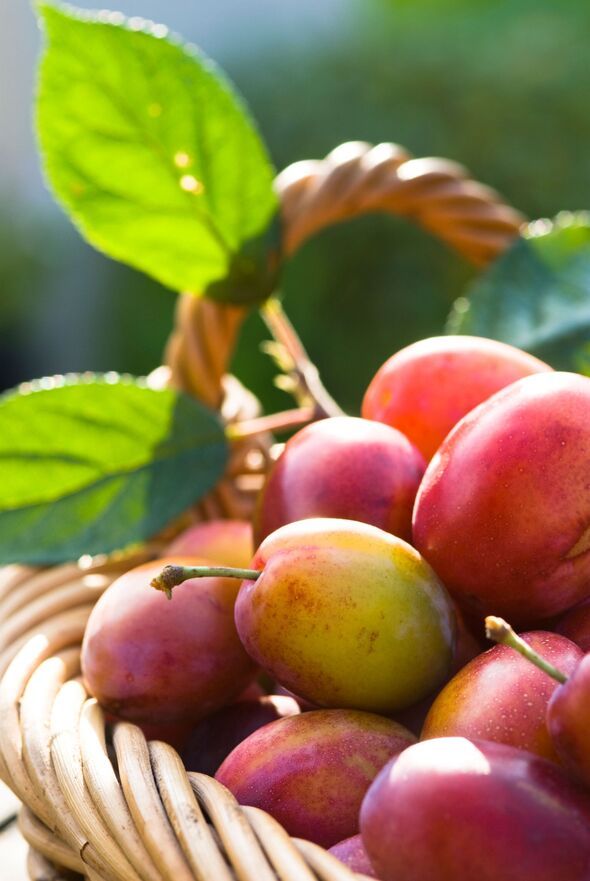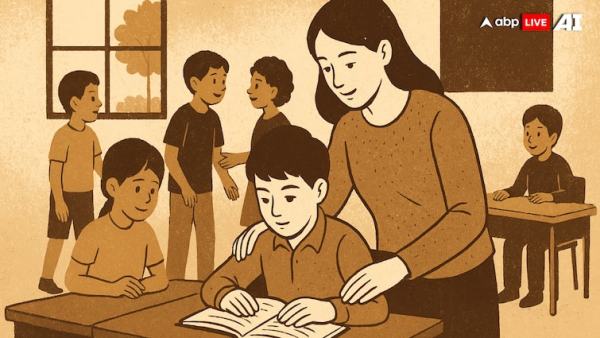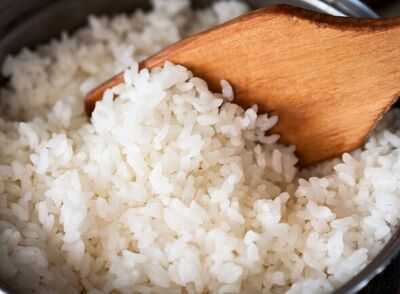
Plum trees are a proper English fruit with Britain's best known 'Victoria' plum being the nation's favourite. These fruit trees naturally love the UK's climate so are easy to grow, promising a heavy crop of homegrown fruit if you do things correctly.
In summertime, the fruits will be ready, but one key task you can do now will ensure a plentiful harvest.
Another great thing about growing plums is the other seasonal features of this fruit tree - in springtime you'll have pretty blossoms that'll attract pollinators. The tree leaves in autumn also turn into stunning colours, making it an attractive addition to any garden.
Even in a small outdoor yard, you can grow a plum tree in a pot in the right conditions - especially if you select a dwarf variety.
Any type of plum tree will need sunny conditions to thrive, so a south-facing position is best, or an area where it will receive 6-8 hours of sunlight a day.
Sunlight, even in winter, will ensure a bountiful harvest of fruit in summertime, however, there is also one key task to perform now for a heavy crop of plums.
RHS experts have detailed the importance of 'fruit thinning' as in July (and June) a natural drop occurs.
RHS explained: "Plums have a tendency to over-crop and their heavily laden branches can break under the weight.
"To avoid this, thin out the young fruits in early summer after the natural June drop - reduce them to one fruit every 5-8cm (2-3in) or a pair every 15cm (6in).
"This is easiest to do on smaller trained trees, but is worth doing on larger trees too if you can reach.
But experts at RHS also said that if your plum tree is carrying a 'particularly heavy crop', you should be propping up the branches.
This should be done in mid-summer and potentially into late summer, or 'the weight of fruit could snap the branches.
Plums should also be 'pruned annually to keep them in good shape' RHS explained, in order for them to stay 'healthy and productive'.
Young trees should be pruned just after the 'buds open in early spring' the experts advised.
RHS explained that a bud is 'a small, undeveloped shoot that contains the potential for new growth'.
You'll generally find buds on the stems, either at the tip (apical) or between the leaf axils (axillary) - any of the buds can become shoots, leaves or flowers.
But older, established trees 'should be pruned in summer' and no pruning at all should take place during dormant months, RHS explained.
"Avoid pruning plum trees during the dormant season or in mid- to late autumn, to minimise the risk of infection from silver leaf disease and bacterial canker", the experts at RHS warned.
During a dormancy period, a plant's growth slows down or temporarily stops - and plum trees experience this.
The tree will be conserving energy and resources during this time of inactivity - and it's part of the natural cycle of things.
This natural process 'helps them survive harsh conditions, such as winter or drought'.









